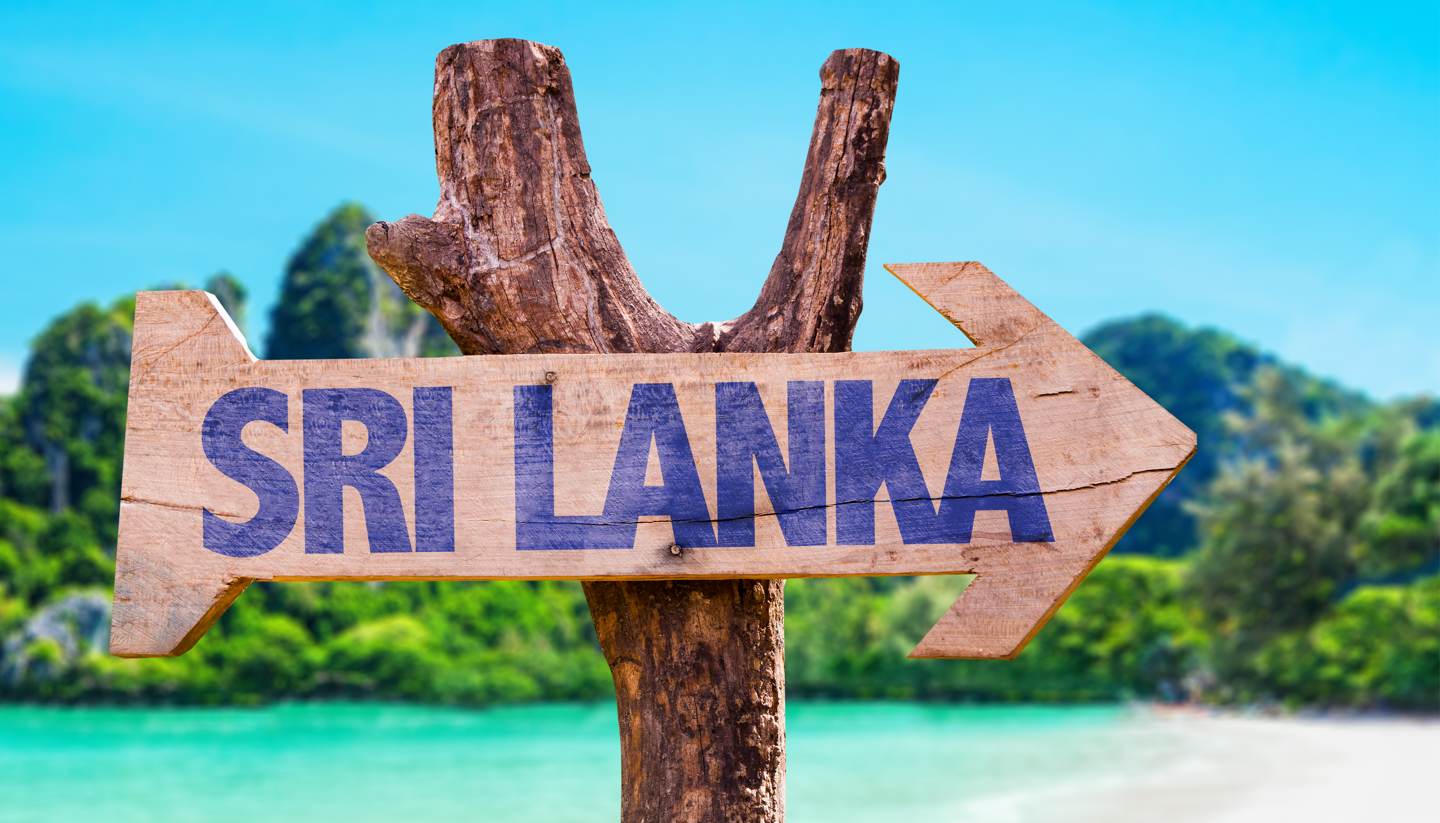- Tourism Minister assures Govt. will address VAT issues affecting tourism industry, says negotiations with IMF underway
- Highlights unique challenges faced especially by DMCs with VAT, escalating from 0% to 18%
- Says sharp VAT hike poses immense challenges for DMCs holding over 80% of forward bookings till April 2025
- Underscores need to address practical challenges in forex earning tourism industry with IMF team
- Assures ticket price increase at Central Cultural Fund sites will be reviewed
- SLAITO President Nishad Wijetunga raises concerns over abrupt CCF ticket price hike
- Tourist Guide Association of North Central Province President Lalith Priyashantha laments on challenges faced in explaining sudden price hike to tourists, fearing misconceptions about profiteering
- Tourists assert ad-hoc measures lead to potential negative impacts on industry, Govt. revenue
Tourism Minister Harin Fernando assured yesterday that the Government will negotiate with the International Monetary Fund (IMF) team currently in town to address practical issues surrounding the implementation of Value Added Tax (VAT) and its impact on the forex-generating tourism industry.
Highlighting the unique challenges faced by the tourism sector, the Minister pointed out that while the VAT for other industries increased from 15% to 18%, the impact on the tourism industry, particularly Destination Management Companies (DMCs), was substantial, escalating from 0% to 18%.
“This sharp hike poses a significant challenge to an industry that recently rebounded after a four-year hiatus,” he said, adding that the DMCs have already got around 82% forward booking till April 2025.
The Minister explained that discussions on this matter have already taken place with the President, who also serves as the Finance Minister.
Acknowledging the essential nature of VAT implementation given the state of the economy, the Minister underlined the need to address practical challenges in collaboration with the IMF team insisting that tourism is a key industry that generates foreign exchange to the economy.
One specific concern raised by the Minister involved the Central Cultural Fund (CCF), which increased ticket prices without prior consultation with tourism authorities.
As per the new CCF ticket price revision, an entry ticket (full) to Sigiriya has been increased from $ 30 to $ 36, Anuradhapura and Polonnaruwa from $ 25 to $ 30.
“Majority of the revenue generated by the CCF is through the tourism industry. We are now in the process of revising ticket prices, as the ticket price hike without facility improvement in tourist sites cannot be justified citing VAT,” Fernando said expressing discontent.
Sri Lanka Association of Inbound Tour Operators (SLAITO) President Nishad Wijetunga echoed similar sentiments, revealing that the CCF informed the stakeholders of the price hike after implementation.
“We are the main contributor to the CCF, but they never consult us before they make such decisions. Additionally, they set rates in US dollars and collect payment in LKR, applying a conversion rate that is over Rs. 10 to the dollar,” he told the Daily FT.
Tourist Guide Association of North Central Province President Lalith Priyashantha voiced concern about the abrupt price increase, whilst emphasising the challenges faced by guides in explaining the sudden hike to tourists, who may misconstrue it as an attempt to profit unjustly.
“The printed ticket still shows $ 25 even though the charge was raised to $ 29.5. They write the rupee rate according to the exchange rate in a box adjacent to the dollar rate. The tourists consider it an unfair effort to profit when they try to convert the $ 25 for rupees,” he explained.
Priyashantha said the irregularity in ticket pricing has left guides and tourists alike in an embarrassing situation, tarnishing the destination’s image.
Some tourists expressed shock at the sudden price hike, pointing out that the CCF website indicated $ 25 per head when they planned their visit to the eight sacred Buddhist sites in Sri Lanka before their visit.
They also argue that unexpected increases may adversely impact the tourist influx to such historical destinations affecting both the industry and Government revenue, as tourists are crucial contributors to the economy











